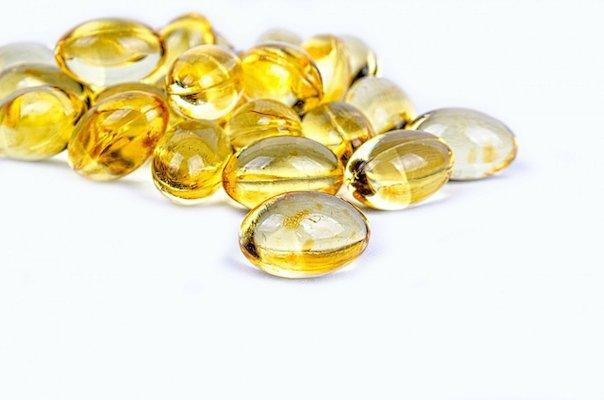
Today I would like to discuss a vitamin that interestingly could also be considered a hormone, or at least a “pro-hormone.“ We have been hearing more about vitamin D recently, particularly relative to the COVID pandemic. It is a substance that our own bodies can produce naturally, if we have the required raw materials, materials which unfortunately we often do not possess. The vitamin that I am referencing is vitamin D.
Here are some points to consider about vitamin D:
- It is required for us to be healthy.
- It is a vitamin that aids in numerous bodily functions ranging from the deposition of calcium in the bones to the production of hormones.
- The Recommended Daily Allowance (RDA) for vitamin D is 400 IU (International Units) per day. However, the body can produce over 10,000 IU of vitamin D given full body sun exposure.
I just gave away one of the required building blocks for proper vitamin D production: sunlight.
A second is a substance that has been maligned by the medical community for decades, but it is also a necessary substance for not only the production of vitamin D but many other hormones in the body as well. Unfortunately it is considered by the medical community to be a “bad actor.” I now see my patients using a class of drugs called statins to drive this important and required fat to dangerously low levels. This building block component of vitamin D (and many other hormones) is namely cholesterol.
That’s right; you heard me correctly. Cholesterol is required for the production of vitamin D and many other hormones that your body manufactures. These substances are circulating throughout your body right now.
I will discuss how much vitamin D is too much, and what is the required, safe, and necessary dose to take in order to reach the appropriate blood levels later in this article series. For now, let’s look at the forms of the vitamin.
VITAMIN D2 OR D3?
Some of you reading this may have had your blood level of vitamin D tested by your treating doctor. I would recommend that everyone consider having the level of this essential nutrient tested if you have not already. If your level of vitamin D was determined to be low on your blood analysis, your medical doctor may have given you a prescription for a high dose of vitamin D. The type of vitamin D that you would have been prescribed typically would have been vitamin D2 (ergocalciferol). This is a much less efficient precursor of the active form of vitamin D, one that is not normally produced by your body in a natural process, but this natural precursor form of vitamin D is metabolized easily by the body and moves through multiple processes in the liver and kidneys using various enzymes. Unfortunately, the precursor form of vitamin D that you would have been prescribed by your medical practitioner is manufactured synthetically in a process that irradiates fungi. This pharmaceutically synthesized precursor to vitamin D3 is typically prescribed, as I said, in high doses (50,000 IU). This is done in the hopes that some would be converted into the metabolically active form of vitamin D. Unfortunately, this synthetic form of ergocalciferol or vitamin D2 may become contaminated during its microbial production.
For this and other reasons it is potentially less effective and may be more toxic than the final end product of natural vitamin D production cholecalciferol (vitamin D3).
Vitamin D has been called “an extraordinary molecule with far-reaching effects in a variety of cells and tissues.” Many conditions, such as the obvious ones like rickets and osteoporosis, are related to vitamin D deficiencies, but researchers such as M.F Holick and others have implicated long-term vitamin D deficiencies with diabetes and even cancer.
In the next installment to this series, I will review the extensive clinical applications and therapeutic benefits of vitamin D.
